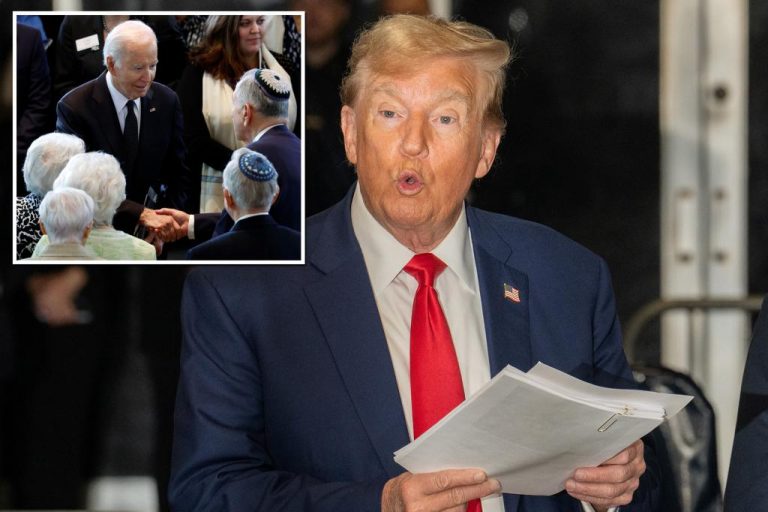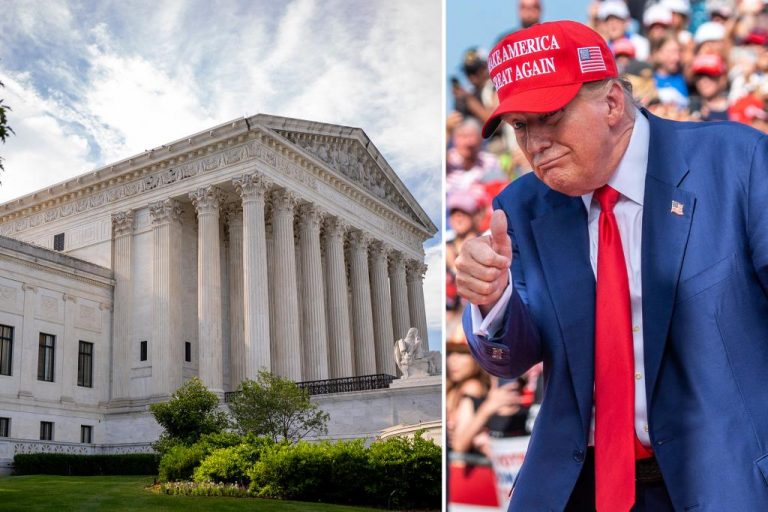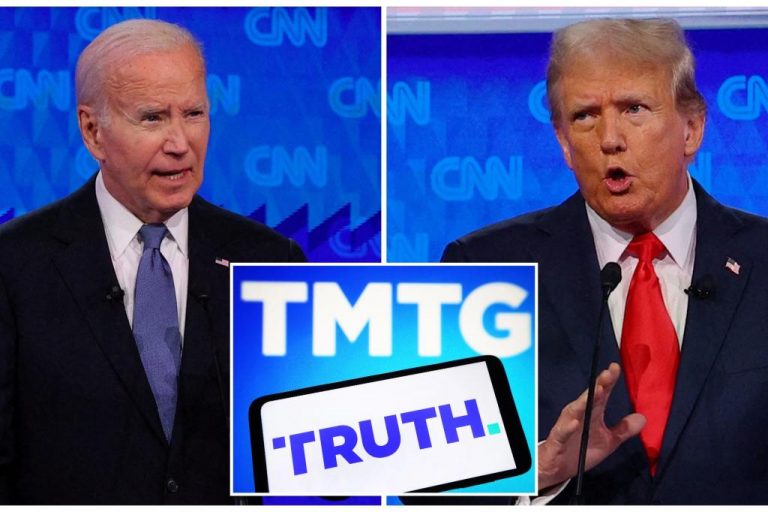Facebook apologizes for mistakenly censoring famous photo of injured Trump
Facebook has come under fire recently for wrongly censoring an iconic photo of former President Donald Trump. The image, which captures Trump with a bleeding head, was mistakenly flagged by the social media platform for violating its community standards. This incident has reignited the debate about censorship on social media and the power that platforms like Facebook have in controlling the flow of information.
The photo in question was taken during a rally in Butler, Pennsylvania, and quickly spread across social media. It shows Trump with a bandage on his forehead, clearly injured. The image gained traction online as users shared and commented on the unusual sight of a visibly wounded Trump.
However, Facebook’s automated systems flagged the photo as graphic violence and removed it from the platform. This decision sparked backlash from users who argued that the photo was newsworthy and should not have been censored. Critics of Facebook’s content moderation policies pointed out the inconsistency in allowing violent content to circulate while censoring a legitimate news image.
In response to the controversy, Facebook admitted its mistake and restored the photo, acknowledging that it did not violate any of the platform’s policies. The incident raised questions about the role of artificial intelligence in content moderation and the challenges of balancing free speech with the need to protect users from harmful content.
This incident is just one example of the ongoing debate over censorship on social media platforms. While companies like Facebook have guidelines in place to regulate content, the enforcement of these policies is often inconsistent and subject to human error. The incident with the Trump photo highlights the need for greater transparency and accountability in how these platforms moderate content.
Many users are calling for reforms to the way social media companies handle content moderation. Critics argue that the current system is prone to bias and can stifle important conversations. They are pushing for more oversight and regulation to ensure that platforms like Facebook are not overstepping their bounds in deciding what content is appropriate for the public to see.
As social media continues to play a central role in shaping public discourse, the issue of censorship and content moderation will remain a hotly debated topic. The incident with the Trump photo serves as a reminder of the challenges that come with regulating online content and the need for a more transparent and accountable approach to content moderation.
Overall, the controversy surrounding the censorship of the iconic photo of Trump highlights the complex dynamics at play in the online world. As social media platforms grapple with the responsibility of regulating content, the need for thoughtful and consistent policies becomes increasingly clear. The incident serves as a call to action for greater transparency and accountability in how online platforms govern the flow of information.








